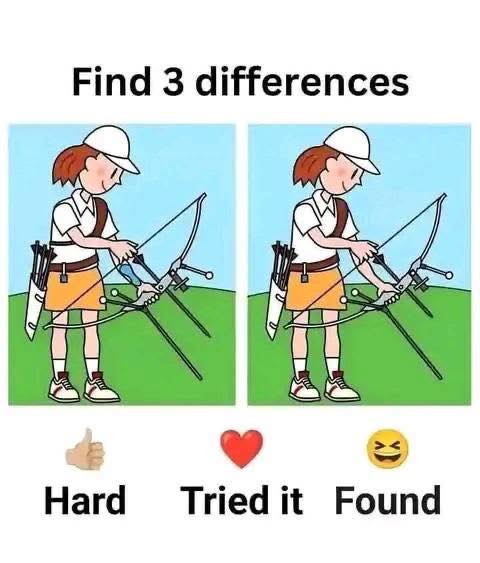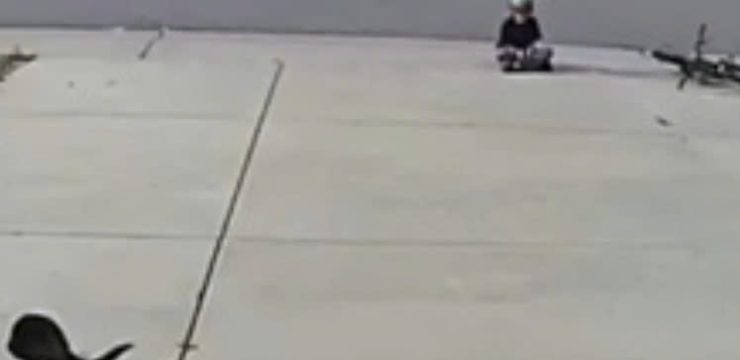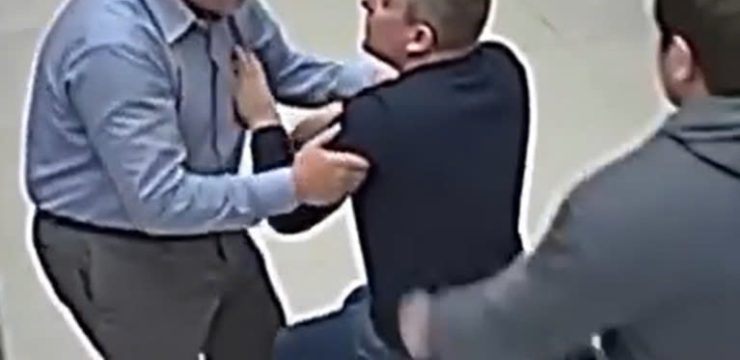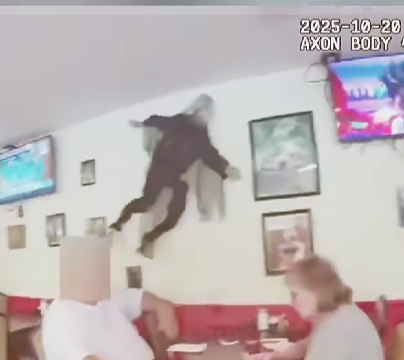If you pride yourself on having sharp vision and keen attention to detail, then this spot-the-difference challenge is exactly what you need to test your skills. In this visual puzzle, you’re presented with two nearly identical images of a lady archer poised and ready to shoot her bow. But here’s the twist—you only have 15 seconds to identify three subtle differences between the two pictures. Sounds easy at first, right? But don’t be fooled.

The changes are minor, and the images are so similar that your eyes might miss the details unless you focus with laser precision. Spot-the-difference puzzles have remained a fan favorite for years because they do more than just entertain—they provide your brain with an excellent workout. These kinds of puzzles are known to improve short-term memory, boost concentration, and enhance pattern recognition skills. They’re fun for all ages and make great brain exercises whether you’re a student trying to sharpen your observation skills or an adult looking for a quick mental challenge. What makes these puzzles tricky is how our brain processes familiar images.
When we see two pictures that look nearly the same, our mind fills in the gaps and assumes everything matches. It’s this cognitive shortcut that causes us to overlook the smallest yet most critical changes. Some of the most common mistakes people make with these types of games include scanning the images too quickly, only looking for obvious differences, or focusing on the wrong areas. For instance, many players concentrate on the character’s face or clothing, ignoring less flashy but just as important details like equipment, posture, or background elements. In the lady archer puzzle, the scene is set with her standing on a grassy field, bow drawn, and arrows neatly packed in a quiver at her side. At first glance, it looks like nothing has changed—but on closer inspection, and with a methodical top-to-bottom, left-to-right approach, you’ll find the three hidden changes.
The first difference can be found in the quiver. In the left image, there are five arrows lined up perfectly. But in the right image, one arrow is missing. It’s a small but noticeable alteration if you look carefully. The second difference lies in her hand positioning on the bowstring. On the left, she’s drawing the string using two fingers, while in the right image, she’s clearly using three. This change in grip is easy to miss unless you’re paying attention to her hand placement.
The final difference is in the lower limb of the bow. On the left side, the stabilizer rod at the bottom of the bow is extended normally, but in the right image, the extension is either missing or significantly shortened, creating a structural inconsistency that’s not immediately apparent. So, were you able to spot all three within the 15-second time limit? If you did, give yourself a pat on the back—you’ve got impressive observation skills. If not, don’t stress. These puzzles are meant to challenge your brain and train it to become sharper with each attempt. What makes this particular puzzle especially difficult is how the designer used symmetry and consistent coloring to distract you. When everything from the archer’s pose to the background elements looks the same, your brain naturally overlooks the subtle differences. This forces you to override your instincts and engage in more deliberate, focused viewing.

But these spot-the-difference challenges do more than pass the time—they actually help build valuable skills that extend beyond the screen. Detectives, doctors, and pilots all rely on strong pattern recognition and attention to detail in their jobs, and games like this help strengthen those exact abilities. So next time you play, remember you’re not just having fun—you’re sharpening your cognitive toolkit. Now it’s your turn to share the challenge. Did you find all the differences without checking the answer first? How long did it take you? Post your results and see if your friends can beat your time. The more you practice, the better you’ll become at catching the details everyone else misses. Keep playing, keep focusing, and most importantly, enjoy the process of training your brain one puzzle at a time.





